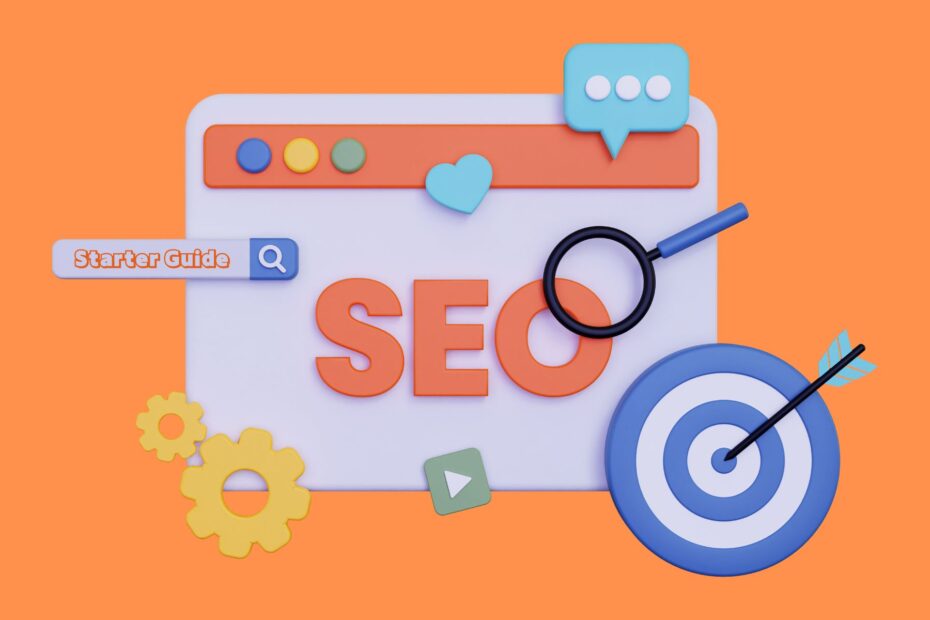Search engine optimization (SEO) is a process of improving the visibility of your website or blog in search results. With SEO, you’ll be able to rank higher in search engines like Google and Bing, which will lead to more traffic, leads and sales. In this guide we’ll cover everything from what it means to optimize your site for search engines to how can do it yourself!
What is SEO?
SEO is the process of optimizing your website for search engines. The goal of SEO is to make sure that your website is visible to the right people, and also that it’s easy to read, navigate, and find.
Make your website stand out in search results.
- Make your website stand out in search results.
- Use keywords wisely: The more relevant, the better!
- Make sure your website is fast and user-friendly, so that visitors can easily find what they need on it (and leave!).
- Make sure your website is mobile-friendly; this will allow users who access it via their phone or tablet device to use it more effectively than those who do not have access to such devices at all times due to geographical restrictions, etcetera… If you don’t know if your site meets these requirements yet then consider hiring an SEO firm who does!
Make your website fast for both users and search engines.
There are a few things you can do to make your site faster. The first is to use a content delivery network (CDN). A CDN will store copies of your website’s files so that they’re closer to users, reducing the amount of time it takes for them to download and render content on their computers or mobile devices. This also helps reduce latency—the delay in communicating between servers and clients, which affects speed—and reduces traffic congestion by distributing large files across multiple servers.
Create pages where the main content of the page is given priority, and remove annoying ads and pop-ups (especially on mobile)
The first step in creating a website is to decide on the purpose of your site. When you have determined what your website should do, it will be much easier to create pages that serve this purpose. The next step is making sure that your content is organized and displayed in an appealing manner so that users can easily find what they are looking for.
When creating pages, try not to put too much of an emphasis on displaying ads or pop-ups (especially on mobile). Instead, focus more on providing useful information and keeping visitors engaged with non-disruptive content such as blog posts and videos instead! This can help increase traffic from search engines while also improving overall user experience because visitors won’t be distracted by irrelevant ads or pop ups when trying out new products/services within those sites’ categories; instead they’ll just see exactly what they need right away without having any trouble finding anything else later down the line.”
Create great, unique content that people will want to share and link to
Creating great, unique content is a key part of SEO. Your website should be filled with quality, shareable and relevant content that people want to read and share.
It’s important to create content that is easy for your visitors to digest, understand and share with others. The goal here is not only to get the word out about your business but also create something useful for them in the process.
Make your website mobile-friendly
If your website is not mobile-friendly, Google will not show it to users with mobile devices in their search results, even if the site contains relevant content for them to see. This can be especially problematic for sites that have been optimized for desktop users and don’t work well on smaller screens like smartphones and tablets—and it’s important to remember that Google doesn’t always show more than one result per page when someone searches using an Android device!
This means that if you want people who are searching on their phone or tablet with Android software installed (which makes up over 80% of the market), they will only see one page of results instead of multiple pages when they look at something like [example link].
Promote your website in the right ways.
- Social media marketing
- Email marketing
- Search engine advertising
- Content marketing (aka SEO)
- Influencer marketing
For more information on these different types of online promotion, check out this article: https://www.seomoz.org/blog/10-types-of-online-marketing
Optimizing your site will help it display more prominently in search results, which brings more visitors to you every day.
SEO is short for Search Engine Optimization. It’s the process of improving the visibility of a website or a web page in search engines via the “natural” or un-paid (“organic”) search results.
It’s important to know that SEO isn’t just about driving traffic to your site—it also means increasing its overall rankings in Google, Yahoo!’s and Bing’s search results pages. This makes it easier for people who are looking for what you have to offer to find it without having to go through dozens of pages of content before finding what they’re looking for!
We hope this article has helped you understand what SEO is, how it works and how to get started with optimization. Hopefully, you’ll either be more confident in your SEO skills or at least have some new ideas on how they can be improved. The most important thing is that now there are many ways of doing SEO—and each one works better than the last. Now go out there and make something amazing!
